The best German tailors working today
By Bernhard Roetzel.
In part one of this article I gave an overview of the state of bespoke tailoring in Germany, including its history. Today I will recommend some specific tailors, including my own experiences.
Volkmar Arnulf
www.arnulf-massatelier.de
Of the old masters trained by the pre-war tailors, only Volkmar Arnulf is still working. He is considered the doyen of German tailoring by most of his colleagues.
Volkmar Arnulf became a Herrenschneidermeister in 1962, after he had trained both as a men’s and as a ladies’ tailor. He was very active in Berlin’s guild of tailors and in the World Federation of Master Tailors.
For several decades Arnulf ran a shop at Kurfürstendamm, Berlin’s famous boulevard, but he relocated to Potsdam 10 years ago. The shop is located in a historic townhouse with the workrooms in the back rooms.
Volkmar Arnulf offers precise cutting, excellent handwork, perfect pattern matching and a slim, slightly 1960ish silhouette. In addition you will experience meeting a very polite and modest person and an extremely knowledgable craftsman.
I have never ordered anything from Volkmar Arnulf, but Torsten Grunwald in Denmark has ordered several suits there and has written about his experience.
I had the trousers of half a dozen of my Savile Row suits altered there about 10 years ago, when they needed a little extra width at the waist. His tailors did an excellent job hand sewing little patches of matching satin to the inner waistband.
Max Dietl
www.max-dietl.de
The biggest name in German postwar tailoring was Max Dietl in Munich. The founder was an excellent tailor and at the same time a good businessman. He made for many German movie stars and TV greats because Munich was the centre of the postwar film industry.
Despite being devoted to his craft, Dietl started selling handmade Italian menswear in the 1970s. He was the biggest Brioni customer in Germany for decades; he also offers haute couture for women.
The shop is directly opposite the Opera house, comprising four floors of a complete building. The bespoke department is on the top floor. The present owner of the house is Max Dietl Jr. He is not a trained tailor, so the tailoring department has been run by employed cutters since the death of his father.
The company makes for customers of all ages - very often younger men are brought in by their fathers. Even though the majority of customers look for Brioni, Kiton, Stefano Ricci or Zilli, the bespoke department still has a very good reputation and lots of work.
There is no house style but the suits that are made there for Dietl Jr look very much like a well-fitting Attolini suit. I personally prefer the double-breasted suits they make for Wolfgang Grupp, the founder of the German sportswear and underwear brand Trigema. As he is very slim the outer chestpocket is slightly under the left lapel, which is quite a unique style.
Detlev Diehm
www.diehmdesign.eu
In Munich you should have a look at Detlev Diehm. His shop is located in an old Bavarian house in a residential area not far from the centre. Diehm trained as a tailor before he studied fashion design.
He spent most of his working life as a designer and creative director, returning to bespoke tailoring a couple of years ago. About half of his customers are from abroad, which is unusual for German tailors. He regularly holds trunk shows at the Les Bains hotel in Paris.
Diehm cuts and fits every garment himself. One tailor works for him in the workroom downstairs. Diehm is the only German tailor I am aware of who offers a house style: his trade mark style is a softly tailored double-breasted with wide lapels; his coats tend to be on the shorter side. He has a preference for luxurious fabrics such as cashmere.
I had a DB suit made from a green Solaro by Diehm about five years ago. The first fitting was very close to the mark except for the length of the coat. I wanted 3cm more, Diehm insisted on 1.5 cm. At the second fitting I agreed that 1.5 cm was better.
Stefan Sicking
sicking-muenchen.de
A tailor with a much bigger following in Munich is Stefan Sicking, largely because he has been around longer. I was introduced to him more 20 years ago, when his shop was around the corner from the legendary Schumann’s American Bar.
Despite his long experience, Sicking is not very well known outside Munich because he shuns publicity to the point of refusing requests for interviews. He is a very able tailor with a visible influence from Italy. Still, he is typically German in terms of precision cutting and the quality of the make.
Kathrin Emmer
handgefertigte-massanzuege.de
A Munich expat is Kathrin Emmer. She was born and trained there, before moving to Berlin to work for Volkmar Arnulf. She became a master tailor and opened her own shop in 2003 in her flat in Berlin. I met her briefly afterwards in 2005 when I happened to be in Berlin because I was attending the Congress of The World Federation of Master Tailors.
We met again in 2009 after I had moved to Berlin myself. I wanted to try her then and had a DB suit made. I wanted something in a 1940s type of cut with a ventless coat and wide pleated trousers. I showed her several pictures and talked at length about my vision for the suit. She didn’t say much but at the first fitting it turned out that she had listened very carefully, because the cut was faultless.
Emmer offers the old-school quality that she got used to while working for Volkmar Arnulf. She makes each garment completely herself, which sometimes results in a long waiting list. She has tried outworkers but was never happy with the results.
Emmer moved to Potsdam in 2012. She receives her customers in the basement of her house, which is half atelier and half fitting room. She is willing to fulfil most sartorial wishes if they are within her professional capacity. In my experience while she is reluctant to impose ideas on a customer, she will advise the novice.
Most of her output is sober business suits for men, but she does make for a couple of women, who mainly order overcoats and suits. Since the pandemic she has been making more sports coats and separate trousers. When a customers is able to define his wishes precisely, I find she will usually deliver a first fitting that is very close to the mark.
So far I have had four suits made by Emmer and the cut has always been precise. She likes the sleeves of the coat slightly longer so at the second fitting I always make sure the length is correct. In general she prefers a slightly ‘younger’ look. Jokingly she calls my style ‘grandfatherly' but she still does it very well.
James Whitfield
www.jameswhitfieldbespoke.com
Another expat is James Whitfield. He is English but works in Berlin. He trained as cutter and tailor at Anderson & Sheppard in London.
In 2012 he came to Berlin as the head cutter for the newly established bespoke house Purwin & Radczun. As this business depended on the head cutter it never recovered from his departure in 2019; Whitfield set up his own studio in the historic Kewenig warehouse.
Whitfield is the only Savile Row-trained bespoke tailor working in Germany. He offers not only a different kind of cutting and tailoring but also a unique way of handling customers. Don’t expect servile chitchat: he is very matter-of-fact and professional. He doesn’t speak fluent German but this is not a problem for his customers.
Despite being Anderson & Sheppard-trained, Whitfield has developed his own brand of Savile Row style. He cuts the coat a bit longer, with a clear shoulder line and wide lapels, especially on his double-breasted suits. Everything is made in his workshop by himself and an employee, who he has trained himself.
I had a jacket made by James Whitfield from a length of vintage Scabal jacketing. After many suits made by continental tailors I felt like I was back on Savile Row. The first fitting was with sleeves and James only made chalk marks, he didn’t unpick the shoulder seem. We had agreed on a very English cut with a hight waist, small armholes, slanted pockets, a centre vent and a long coat.
At the second fitting I was curious to know the length of the coat and at home I measured the longest jacket I had made by John Coggin in Savile Row. It turned out that James Whitfield had cut the exact same length.
The was very much the way I like it: no fuss, exact work, a good result. Germans usually love Whitfield because he has that air of authority in sartorial matters that many younger German tailors lack. And his suits have class that can otherwise only be found in London.
Carlo Jösch
carlo-joesch.de
In the Rhineland there are still quite a few bespoke tailors. One is Carlo Jösch in Cologne. He studied pattern-making because he wanted to become a fashion designer, and did not train as a tailor. Nevertheless we works by hand in the traditional way.
Jösch also trained as a kilt-maker in Scotland. The press often mentions this and he has become a bit tired of it. He does make kilts regularly, but his main business is suits, jackets, trousers and overcoats.
Jösch prepares a toile fitting before he cuts the actual fabric - the usual way to work in ladies’ tailoring and haute couture. It works well in men’s tailoring too. After the toile fitting you have the usual fittings.
Jösch’s workshop is in the centre of Cologne in a neighbourhood of antique shops, jewellers and art dealers.
Julian Weyand
julianweyand.com
A promising tailor of the younger generation is Julian Weyand in Düsseldorf. He trained with Heinz-Josef Radermacher and worked there for a while before setting up his own business.
Radermacher is one of the big old names from the 1970s-1990s. His style is influenced by the Radermacher silhouette; the double-breasted suits he usually wears show this pedigree.
Weyand trained both as a men’s and a ladies’ tailor. His first fitting is very rough, serving mainly to check balance and proportions. The ensuing two fittings are performed in the usual way.
Tailors in Germany love to unpick the shoulder during a first fitting, but Weyand often prefers chalkmarks. Once he has good pattern for a customer he will manage with one fitting for following orders.
The interior of the shop is modern and clean, but it still looks like a tailor shop with dark green walls and some half-finished garments on display. Like most tailors Weyand mainly makes suits and jackets, but some customers also order shirtjackets or just a pair of trousers.
Schmidt & Schallmey
www.schmidt-schallmey.de
Frankfurt is the number-one suit city in Germany because it is the centre of finance - it’s popular for trunk shows of Savile Row tailors for this reason. And just a few minutes walk from the Opera house is one of the best-known local tailors, Schmidt & Schallmey.
Bespoke tailor Roland Schmidt (above) formed the company with Sven Schallmey, an experienced made-to-measure salesman. The focus of the business was on bespoke work, but they don’t see the point in sending away people who are not ready for bespoke or simply prefer MTM.
Schmidt worked for many years in Frankfurt before he started the business with Schallmey. He used to be responsible for the bespoke tailoring in n MTM shop but wanted to start his own operation.
Schmidt is a passionate collector of books about cutting and tailoring. His collections fills shelves in the shop. He studies these books frequently to find new inspirations or solutions from the past. He claims he can tailor as lightly and softly as any tailor in Italy.
From my personal experience I would always recommend ordering an Italian suit from an Italian and an English suit from an English tailor. But judging from the suits I have seen from Roland Schmidt over the past 10 years, I think he offers the degree of ‘Italian' that most Germans are happy with.
Germans would often not be happy with the real thing from Italy, not least because of the difficulties resulting from bad communication and the unwillingness of Italians to make something that is not really their style.
An update: when I asked Schmidt for his prices he told me that Schallmey will actually leave the business soon. Schmidt will continue alone as Roland Schmidt Maßschneiderei. He still employs four tailors and one apprentice.
Markus Schnurr
www.individuelle-handgefertigte-massanzuege.de
A more unusual place for a bespoke tailor is Offenburg, in the south-west of Germany. At least today. When Markus Schnurr was looking for a shop that he could take over in 2017 he found a business owned by the tailor Herbert Martin, which had for many years served local businesspeople, industry employees, academics and lawyers.
Schnurr had trained as a tailor in Metzingen and worked in the costume departments of TV studios and theatres in Baden-Baden and Stuttgart. In 2014 he started working for Max Dietl.
Schnurr cuts very precisely in my experience, so he usually finishes the garment after two fittings. He works on his own so he has complete control over everything, from the pattern to the buttonholes.
He is used to making contemporary suit styles but also knows how to cut a timeless style. I have ordered two pieces from him: a green flannel blazer and a checked double-breasted suit. At the first order I told him where I wanted the outer chest pocket, the width of the lapels, the size of the pocket flaps and the overall length of the coat.
He remembered that he made jackets to similar specifications for some older customers of Dietl; most of his customers today want narrow lapels, small flaps, short coats. For the first fitting he simulated the position of the chest pocket with a strip of fabric and I still found it too high so I chalked the position to the fabric myself. At the second order he knew my preferences and it went smoothly.
The finished suit was adorned with lots of very well executed hand-stitching around the edges. He was a bit disappointed because he noticed that I wasn’t too happy with it. But it was not an issue because on the checked fabric the stitches are hardly visible. A friend of mine really loved them and asked for them when he ordered a suit from Markus Schnurr later.
All prices are for a two-piece suit. However, the tailors vary in preferring to quote prices with or without fabric. Apologies that this creates some inconsistency.
- Volkmar Arnulf: €6000 (with fabric)
- Max Dietl: €6500 (without)
- Detlev Diehm: €4800 (with)
- Stefan Sicking: €6600 (with)
- Kathrin Emmer €4800 (with)
- James Whitfield: €4200 (without)
- Carlo Jösch: €5000 (without)
- Schmidt & Schallmey €5500 (without)
- Markus Schnurr : €3400 (without)
Related posts
DMTBeautySpot
via https://dmtbeautyspot.com
Simon Crompton, DMT.NEWS, DMT BeautySpot,
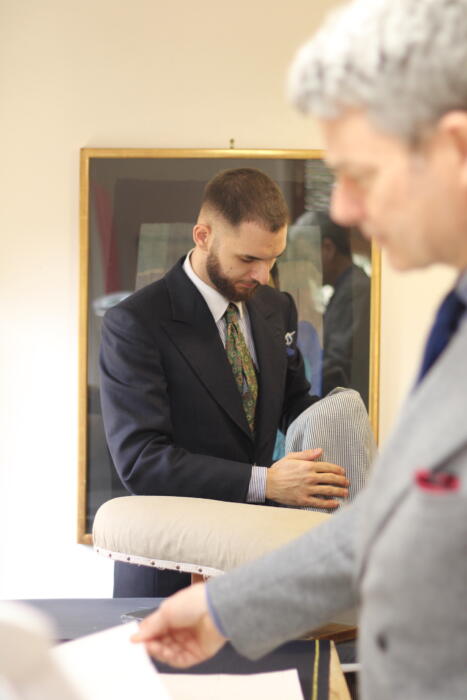
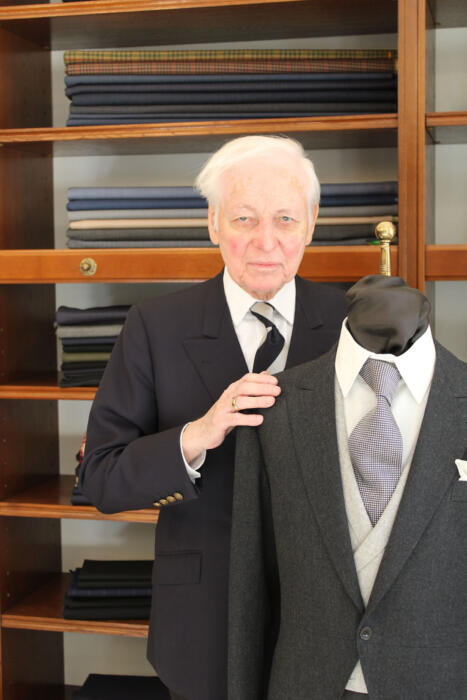
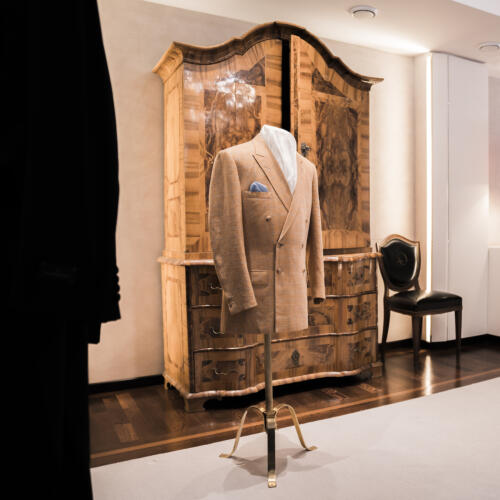

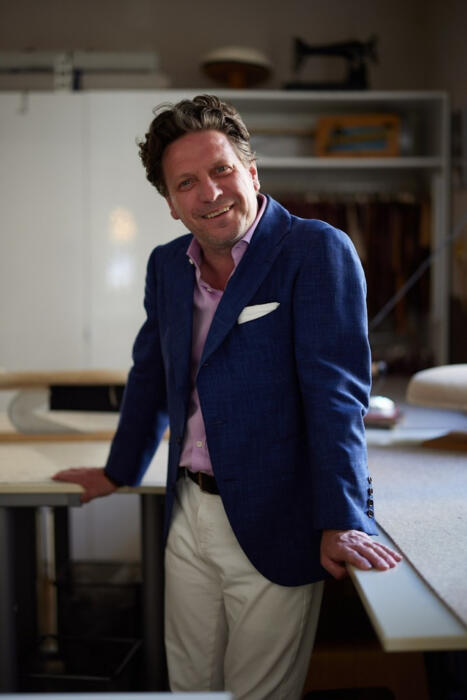

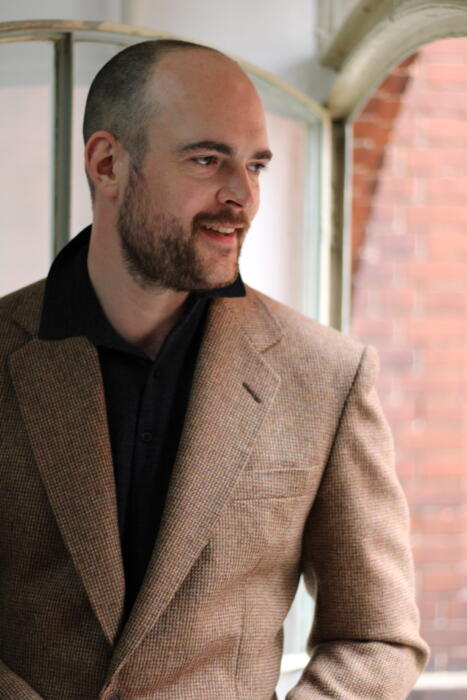

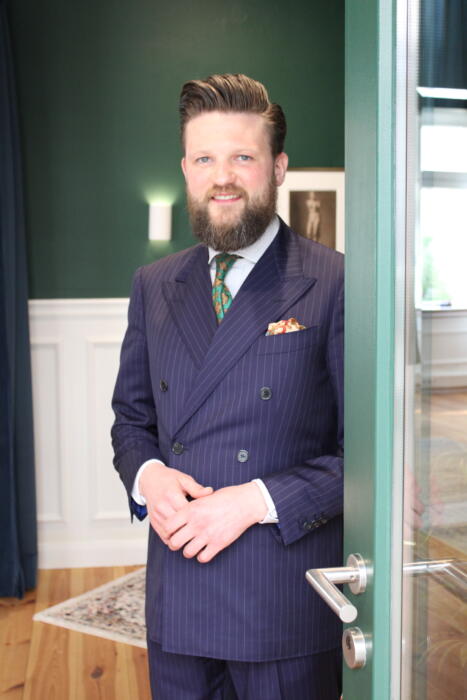
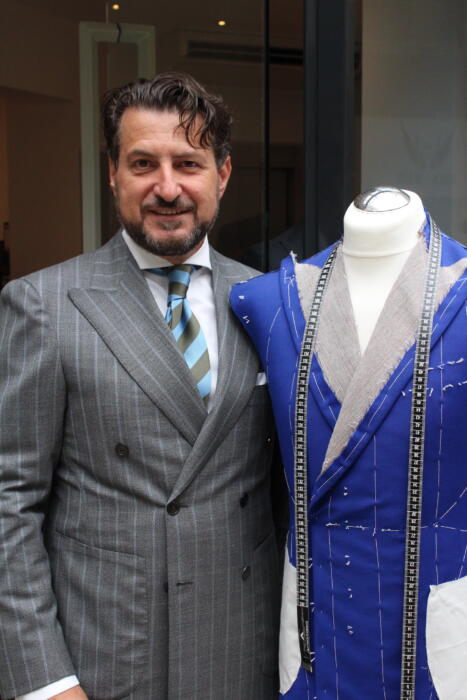
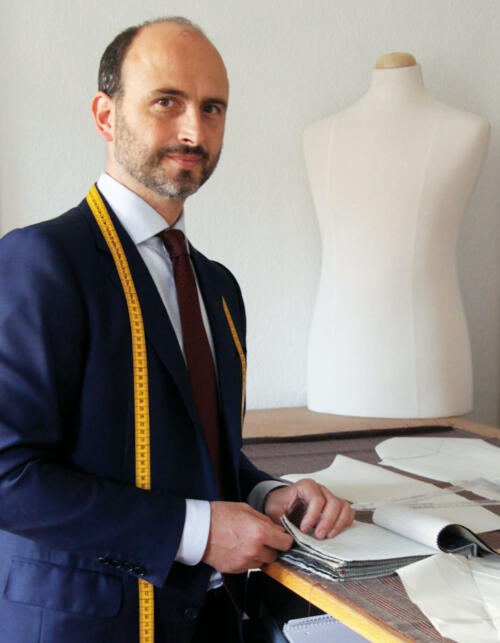
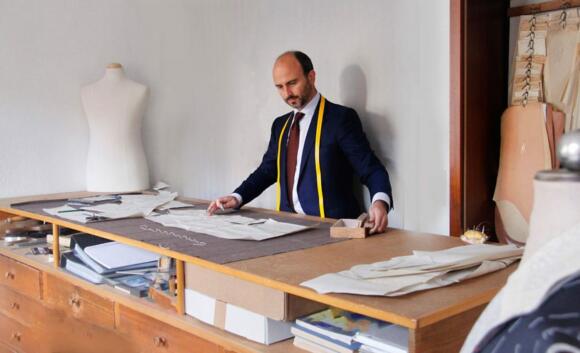
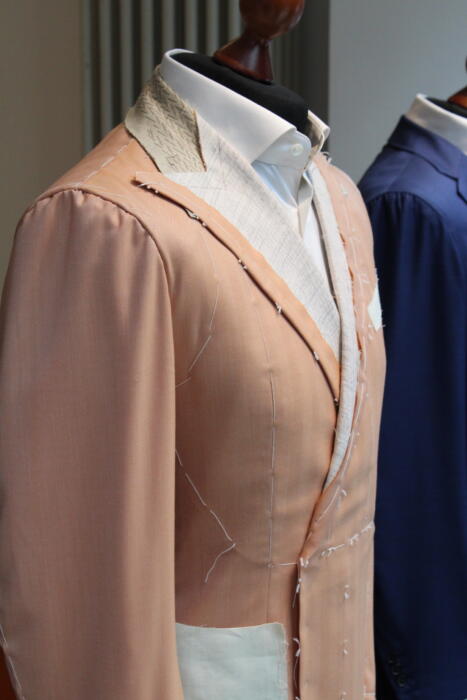
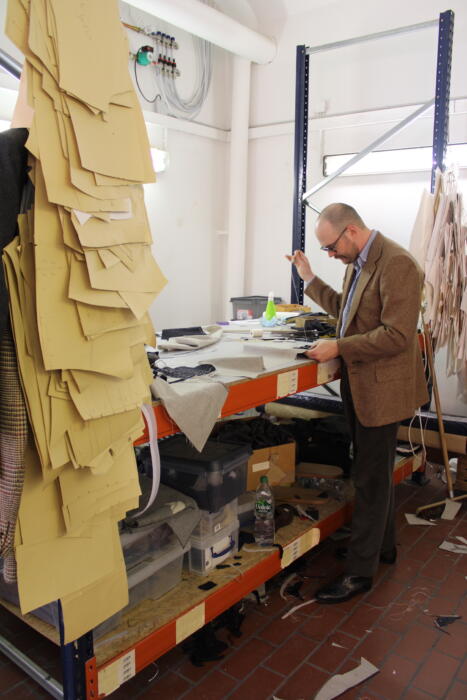
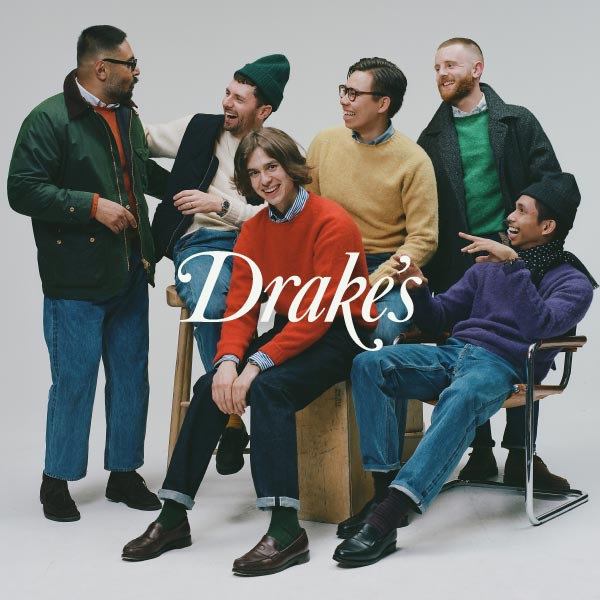
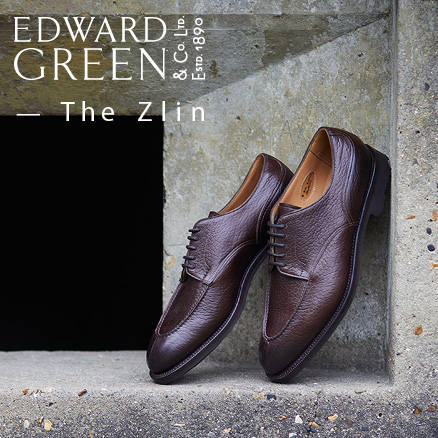









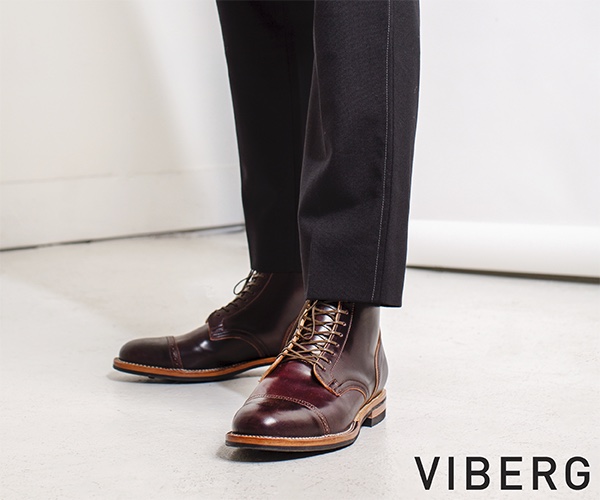





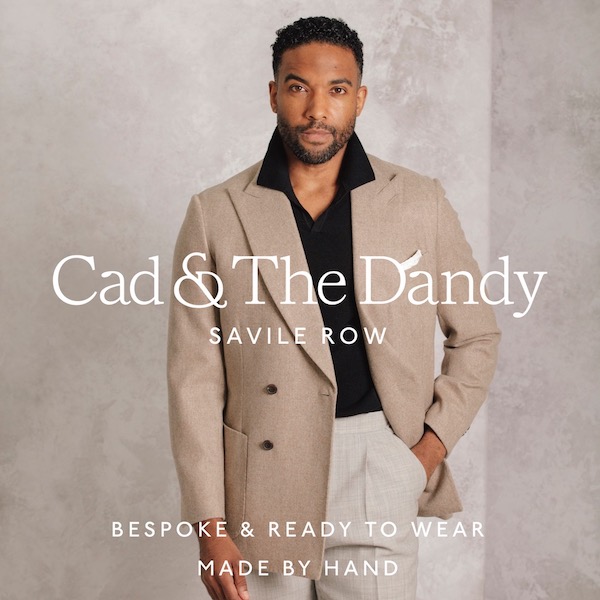






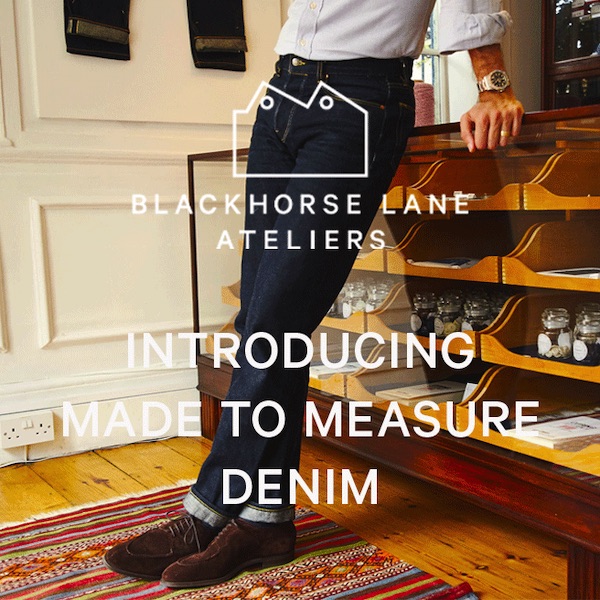


0 comments